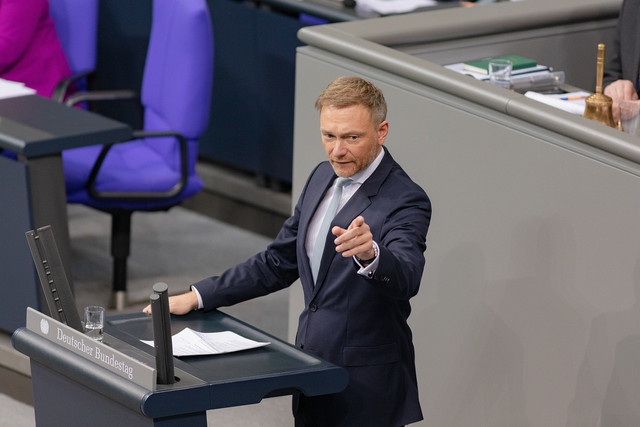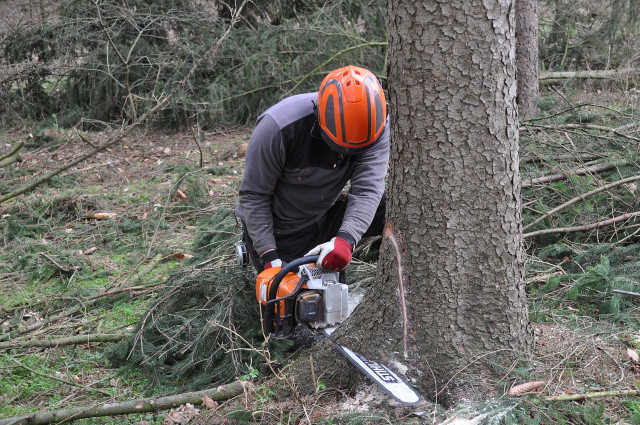It's more important than ever to be part of the conversation about the environment. How can critical listening help you make effective eco-arguments?
Critical listening is a term educators and activists use to describe listening with intent and purpose. It focuses on understanding what is being said without leaping to conclusions, thus maintaining a safe space for dialogue.
Critical listening works in two ways:
- It helps us understand those affected who are most by environmental issues.
- It helps us uncover bad-faith goals and agendas that might undermine the movement.
In particular, critical listening is a great tool to weed out false promises and greenwashing.
Why We Need Critical Listening
There are two vital aspects to critical listening in the sustainability and environment sphere. The first is the conversational aspect, when we engage meaningfully in conversation with others. The second is using it to listen to arguments and decipher what we are being told.
In the first case, we can use critical listening to put ourselves in the speaker’s shoes, which makes understanding their message easier. True environmentalists know it is vital to listen critically to the voices of people impacted by environmental issues. That includes people of color, low-income communities and people who live in rural areas. Listening to these voices and understanding their perspectives is essential to effective environmentalism.
The second reason we need more critical listening in environmentalism is to interrogate narratives from companies that may not have our best interests at heart.
Listening to others’ perspectives helps you identify the people who are most likely to be able to craft solutions to environmental problems. It is also a way of disarming harmful messages and rhetoric, including greenwashing, skepticism and dismissive attitudes.
Tip: Critical listening can also help you build intellectual humility.
The Discipline of Critical Listening

(Foto: CC0 / Pixabay / kschneider2991)
Before we get into the tactics of these aspects of critical listening, it’s important to understand the history behind it and how we can use it.
The concept of critical listening was formed in the 1950s by Carl Rogers and Richard E Farson. According to these famous psychologists, you can connect to a speaker by:
- trying to understand the message
- listening to what is said, and considering the person as a whole
- responding constructively and openly to the other person
More recently, listening has been understood in the context of learning, communication and social exchange theories. According to key thinkers, critical listening is a category of serious listening — when someone engages in targeted or selective listening.
Critical listening aims to evaluate arguments and make judgments on the points presented. This helps us in two ways: to understand conversations better and ensure we are listening for what matters.
We’ll focus on the latter and how to distinguish between legitimate and dubious eco-narratives. Let’s start with the example below.
Example: Greenwashing



(Foto: CC0 / Pixabay / stevepb)
Greenwashing describes when a company or company’s product is marketed as environmentally friendly, but in reality, the company is harming the environment. For example, when a company creates a line of products using renewable materials — but the materials are toxic. In this instance, the company would say that the material is green because it is made using natural resources.
That is a problem in environmental debate and business practices because consumers may believe that a product is environmentally friendly when it is not. For environmentalists, critical listening can be a crucial way to separate the facts from fiction.
When practicing critical listening, ask:
- Is this statement accurate?
- Is the evidence reliable?
- Are there any omissions that we should take into account?
Below, we’ll look at each of these points in more detail.
Critical Listening to Pinpoint Accuracy



(Foto: CC0 / Pixabay / carmen_carbonell)
When ideas are presented in a public forum, they are usually backed by evidence like:
- Scientific data — articles, surveys, reports, statistics, polls
- Expert knowledge — scientists, data analysis, researchers
- Observation or anecdotes
You should be critical of these sources and how they’re used. For example, you might question how old the information is, the context and how the speaker uses it in their argument. These questions help determine an idea’s accuracy.
For example, dated statistics or reports can misrepresent current facts. Likewise, when someone claims to have expert knowledge, it may not be on the topic they are speaking about. And just because one person has observed a phenomenon doesn’t mean it applies to all situations.
One recent example, called out on public media, was when oil company Shell posted a controversial poll on its Twitter page. According to the poll, Shell’s customers are more interested in renewable energy than carbon offsetting. However, environmental advocates like Greta Thurmberg quickly pointed out that the survey, which had only 199 votes, could not hide Shell’s long history of fossil fuel exploitation.
Evaluating the accuracy of how a premise arrives at its conclusion is an act of critical engagement that helps tackle convincing but inaccurate statements commonly put forth by brands and corporations. Shell clearly intended to gaslight the public into believing that carbon offsetting wasn’t important to its customers — thus justifying its dubious carbon history.
What Makes an Argument Reliable?



(Foto: CC0 / Pixabay / hagenstaadt)
In scientific terms, reliability refers to when an idea can be replicated and tested by others who reach the same conclusions. It is easy for a brand to make a statement if no one checks whether or not it is reliable.
For example, in 2020, Swedish furniture company Ikea used their Forest Stewardship Council (FSC) label to hide that they were illegally felling wood from forests in Ukraine. Since the FSC is a widely trusted source, many assumed that Ikea’s products were being sourced sustainably.
- Read more about environmental stewardship.
However, the environment-focused group EarthSight was critical of this claim and decided to conduct their own research. They soon found that not only was illegal wood used to create Ikea’s products, but the FSC certification and auditing process was systemically flawed. This led to claims of corruption condemned worldwide.
Here, one might apply critical listening to evaluate the reliability of a statement based on whether there is convincing evidence from more than one party other than the original speaker. In the case above, EarthSight didn’t believe Ikea’s claims simply because they had FSC backing.
While this expands somewhat outside of simply listening, the main takeaway is to always fact-check arguments. Fact-checking is crucial. No scientist, institution or theory is infallible, and no one is immune to trickery or misrepresentation.
Watch Out for Omissions



(Foto: CC0 / Pixabay / wilhei)
The last thing that critical listening requires is not just considering what is said but what isn’t. In government and politics, the absence of statements, arguments and explanations can be just as suspicious as those made in bad faith.
For instance, COP27 was a monumental step in bringing environmental issues to the forefront of public debate. However, critics noticed that many poorer countries were neglected during the conference, particularly in financing a more sustainable future. Big nations made many commitments but ignored strategic outliers.
- What exactly happened at COP27? And what are our climate targets, anyway? Read our summaries to find out.
That can be the case with brands as well. Greenwashing is most successful when it takes advantage of consumer ignorance. Omissions, not unlike outright lies, can be just as damaging when they mask or exclude other voices from the debate.
Takeaways on Critical Listening
Critical listening is not just a tactic but a practice of engaging with pressing environmental issues. The purpose of intense evaluation of arguments made in this context isn’t just about finding lies, exposing false statements and breaking down illogical assertions — though it can help!
The critical thinker’s most crucial task is grasping how the system and players operate in the field. When you understand that and the difference between actual environmental movements and greenwashing, you will be in a much better position to make your own arguments heard as well.
Looking to go one step further, and get into activism? Check out our guide Environmental Activism: How to Get Involved in 2023.
Read more:
- What Is the Paris Climate Agreement?
- How to Consume Less in 7 Realistic Steps
- 6 Examples of Environmental Remediation and How You Can Help
Important Information regarding Health-related Topics.
** Links to retailers marked with ** or underlined orange are partially partner links: If you buy here, you actively support Utopia.org, because we will receive a small part of the sales proceeds. More info.Do you like this post?









